

Articles
How To Store A Mountain Bike
Modified: January 18, 2024
Discover the best techniques and tips for properly storing your mountain bike with our helpful articles. Keep your bike in top condition for years to come!
(Many of the links in this article redirect to a specific reviewed product. Your purchase of these products through affiliate links helps to generate commission for Storables.com, at no extra cost. Learn more)
Introduction
Storing a mountain bike properly is essential to ensure its longevity and performance. Whether you’re storing the bike during the offseason or simply need a convenient solution for everyday storage, proper maintenance and storage techniques can make a significant difference in preserving your bike’s overall condition. In this article, you’ll learn how to store a mountain bike correctly to protect it from damage and extend its lifespan.
Mountain bikes are built to withstand rugged terrains and harsh weather conditions, but improper storage can still lead to issues such as rust, damage to sensitive components, and deterioration of tires. By following these expert tips, you can keep your mountain bike in optimal condition and ready for your next adventure.
Key Takeaways:
- Properly storing your mountain bike in a dry, cool, and well-ventilated location, cleaning it thoroughly, and removing accessories before storage can help protect its components and extend its lifespan.
- Deflating the tires, securing the suspension, and choosing the right storage rack or stand are essential steps in ensuring your mountain bike remains in optimal condition during storage, ready for your next adventure.
Read more: How To Store Mountain Bike
Finding the Right Storage Location
When it comes to storing your mountain bike, finding the right location is crucial. Ideally, you want to choose a space that is dry, cool, and well-ventilated. Moisture and extreme temperatures can negatively impact the bike’s components, so avoid storing it in areas prone to high humidity or excessive heat.
If possible, keep your mountain bike indoors. This could be in a garage, shed, or spare room. Make sure the area is free from potential hazards such as water leaks, sharp objects, or pests. If indoor storage is not feasible, consider covering your bike with a waterproof tarp to protect it from rain and moisture.
Another option is to rent a storage unit specifically designed for bikes. These units provide a controlled environment, ensuring your bike remains safe and secure. Look for a storage facility that offers climate control to prevent extreme temperature fluctuations.
Remember, the key is to find a location where your mountain bike will be protected from the elements and potential damage.
Cleaning the Bike
Before storing your mountain bike, it’s essential to give it a thorough cleaning. Dirt, mud, and grime can corrode the bike’s frame and components over time. Follow these steps to ensure your bike is clean and ready for storage:
- Prepare a cleaning solution: Fill a bucket with warm water and add a mild detergent specifically formulated for bike cleaning. Avoid using harsh chemicals that can damage the bike’s paint and finishes.
- Remove dirt and debris: Use a soft brush or sponge to gently scrub the bike frame, wheels, and components. Pay attention to hard-to-reach areas such as the chainrings, cassette, and derailleur.
- Rinse thoroughly: Use a hose or clean water to rinse off the cleaning solution and remove any remaining dirt or soap residue. Be careful not to direct high-pressure water at sensitive areas such as the bearings or suspension system.
- Dry the bike: Wipe the bike thoroughly with a clean, dry cloth to remove excess moisture. Ensure that the bike is completely dry before storing it to prevent rust formation.
- Lubricate the chain and moving parts: Apply a thin layer of bike-specific lubricant to the chain, derailleurs, and other moving parts. This will help prevent rust and keep the components functioning smoothly during storage.
By cleaning your mountain bike before storage, you remove any dirt and grime that can cause damage over time. A clean bike is less susceptible to rust and corrosion, ensuring it will be in prime condition when you’re ready to hit the trails again.
Removing Accessories
As you prepare your mountain bike for storage, it’s essential to remove any accessories or additional components. This step not only helps protect the accessories themselves but also prevents any potential damage to the bike during storage. Follow these guidelines when removing accessories:
- Remove the helmet: Take off your helmet and store it separately. This will ensure it remains in good condition and is ready for use when you start riding again.
- Take off any lights or reflectors: If you have lights or reflectors attached to your bike, detach them and store them separately. This will prevent any accidental damage and make them easier to locate when you need them.
- Detach bike computer or GPS devices: If you have any electronic devices mounted on your bike, such as a bike computer or GPS, remove them and store them safely. These devices are sensitive and can be affected by moisture or extreme temperatures.
- Remove water bottle cages: If your bike is equipped with water bottle cages, unscrew them and store them separately. This will prevent any scratches or damage to the bike frame.
- Take off fenders or mudguards: If your bike has fenders or mudguards installed, remove them before storage. These accessories can trap moisture against the frame, leading to rust or corrosion.
By removing accessories from your mountain bike, you not only protect them from potential damage but also ensure a more compact and streamlined storage solution. Keep these accessories in a safe place where they won’t get lost or damaged during the off-season.
Deflating the Tires
One important step in preparing your mountain bike for storage is to deflate the tires. This is particularly crucial if you plan on storing your bike for an extended period. Deflating the tires helps prevent damage caused by increased pressure and ensures that they maintain their shape and integrity over time. Here’s how to properly deflate your tires:
- Find the valve stem: Locate the valve stem on each tire. It is usually a small, cylindrical protrusion on the inner side of the tire.
- Remove the valve cap: Unscrew the valve cap on each tire to expose the valve.
- Depress the valve: Press down on the valve with your finger or a valve tool. This will release the air pressure in the tire.
- Press the tire to release any remaining air: Gently press on the tire to squeeze out any remaining air. This step ensures that the tire is fully deflated.
- Replace the valve caps: Once the tires are completely deflated, screw the valve caps back on to protect the valve mechanisms from dirt and debris.
It’s important to note that you don’t need to completely remove all air from the tires. A slight deflation is sufficient to prevent pressure-related damage. However, make sure the tires are not completely flat, as this can cause the inner tubes to lose their shape and potentially develop wrinkles.
Deflating the tires before storing your mountain bike helps prevent damage and ensures that the tires are ready for reinflation when you’re ready to ride again. Properly inflated tires provide better performance and reduce the risk of flats or other issues on your next adventure.
Read more: How To Store A Bike
Securing the Suspension
If your mountain bike is equipped with suspension forks or rear suspension, securing them properly is crucial to prevent unnecessary stress and potential damage. Here are some steps to follow to secure the suspension before storing your bike:
- Consult the user manual: Refer to your bike’s user manual or the manufacturer’s guidelines to understand the specific requirements for securing the suspension. Different bikes may have different methods for securing the suspension.
- Lock out the suspension: Many modern mountain bikes come with a lockout feature that allows you to temporarily disable the suspension. Engage the lockout mechanism to minimize movement and reduce the risk of spring fatigue during storage.
- Adjust the pressure: If your suspension fork or rear shock has adjustable air pressure, adjust it according to the manufacturer’s instructions. Lower the pressure slightly to release some of the force on the suspension system.
- Keep the bike upright: When not in use, it’s essential to store your bike in an upright position. This helps prevent unnecessary strain on the suspension and ensures proper functioning when you’re ready to ride again.
Properly securing the suspension is essential to maintain its performance and extend its lifespan. By following these steps, you can minimize the stress placed on the suspension components, reducing the risk of wear and tear over time.
When storing a mountain bike, it’s important to keep it in a dry and cool place to prevent rust and damage. Consider hanging it on a wall or using a bike stand to keep it off the ground and save space.
Choosing the Right Storage Rack or Stand
Investing in a quality storage rack or stand for your mountain bike is crucial to ensure its stability, organization, and protection during storage. A good storage solution will not only keep your bike safe but also help optimize the use of space. Here are some factors to consider when choosing a storage rack or stand:
- Type of rack or stand: There are various types of storage racks and stands available, including wall-mounted racks, floor stands, and freestanding racks. Consider the available space in your storage area and choose a solution that fits your needs and preferences.
- Durability and stability: Look for a rack or stand that is made from sturdy materials and designed to withstand the weight and size of a mountain bike. It should provide stable support and prevent any wobbling or tipping over.
- Compatibility: Ensure that the rack or stand is compatible with your bike’s frame design and tire size. Some racks or stands have adjustable features to accommodate different bike sizes and styles.
- Protective features: Opt for a storage rack or stand that includes protective features such as rubberized hooks, cradles, or padding. These elements will help prevent scratches or damage to your bike’s frame and components.
- Convenience and accessibility: Consider how easily you can load and unload your bike from the rack or stand. Look for a design that allows for easy access to the bike while ensuring it remains securely in place.
Take your time to research and read customer reviews to find a storage rack or stand that best suits your needs and budget. The right storage solution will not only keep your bike organized but also contribute to its overall protection and longevity.
Hanging the Bike
Hanging your mountain bike is a popular storage method that keeps it off the ground, saving space and reducing the risk of damage. However, it is crucial to hang the bike properly to ensure its stability and prevent any potential issues. Here’s how to hang your mountain bike correctly:
- Choose a sturdy wall or ceiling mount: Look for a wall or ceiling mount specifically designed for bikes. Ensure that it is securely anchored to the wall or ceiling to support the weight of your mountain bike.
- Locate the bike’s balance point: Find the balance point by lifting the bike and noting where it naturally balances on your hand. This is usually around the middle point of the top tube or frame.
- Attach the bike hook or hanger: Install the bike hook or hanger at a height that allows the bike to hang freely off the ground while still being easily accessible. Make sure the hook or hanger is at the balance point you identified earlier.
- Hang the bike: Lift the bike and position it onto the hook or hanger by the top tube or frame. Ensure that the bike is securely in place and not at risk of sliding or falling off.
- Adjust the hook or hanger: If necessary, adjust the position or angle of the hook or hanger to ensure the bike is correctly supported and balanced. Double-check that the bike is stable before leaving it unattended.
Hanging your mountain bike not only saves space but also keeps it well-organized and avoids potential issues such as flat tires or damage to the wheels. Just remember to use a secure and appropriate bike hook or hanger, and always make sure the bike is properly balanced and securely hung before walking away.
Storing the Bike in a Vertical Position
If you have limited floor space or prefer an alternative to hanging your mountain bike, storing it in a vertical position is a practical and efficient option. Storing the bike vertically allows for easy access while minimizing the footprint. Here are some steps to consider when storing your bike in a vertical position:
- Find a stable bike stand: Look for a sturdy and reliable bike stand that is designed to hold the weight of your mountain bike vertically. Choose a stand that provides adequate stability to prevent tipping or wobbling.
- Position the bike in the stand: Place the bike into the stand, positioning it with the front wheel facing towards the stand. Ensure that the tires are securely resting on the stand to prevent any movement or instability.
- Align the handlebars: Rotate the handlebars so that they are parallel to the ground, allowing the bike to be stored in a more compact and space-efficient manner.
- Lock the brakes: Engage the brake levers, either with built-in locks or by securing them with a strap or bungee cord. This will prevent the bike from rolling or shifting while in the vertical position.
- Check for stability: Ensure that the bike is stable in the stand, with no wobbling or movement. Double-check the security of the bike in the stand before leaving it unattended.
Storing your mountain bike in a vertical position not only saves space but also provides a convenient and accessible storage solution. It is essential to invest in a quality bike stand that offers stability to protect your bike from any accidental falls or damage.
Read more: How To Store Bikes
Covering the Bike
Once you have stored your mountain bike in a suitable location and position, it is wise to consider covering it to provide an extra layer of protection. A bike cover helps shield your bike from dust, dirt, moisture, and UV rays, especially if it’s stored in an outdoor area or garage. Here are some tips for effectively covering your mountain bike:
- Choose a proper bike cover: Invest in a high-quality bike cover that is specifically designed for mountain bikes. Look for a cover made from durable, waterproof material that provides ample coverage for your entire bike.
- Clean the bike before covering: Before covering your bike, make sure it is clean and dry. This prevents any debris or moisture from being trapped against the bike’s frame, which can potentially lead to rust or corrosion.
- Secure the cover: Wrap the cover around your bike, ensuring it is fully covered from top to bottom. Use any provided straps, cinches, or elastic cords to secure the cover in place, preventing it from being blown away by wind or elements.
- Ensure proper ventilation: While using a bike cover helps protect your bike, it’s essential to allow for some airflow to prevent moisture buildup. Choose a cover that has ventilation features or make sure to create small openings to allow air circulation.
- Regularly inspect and maintain: Check the condition of the bike cover periodically to ensure it is still in good shape and providing adequate protection. Clean the cover if necessary and repair any rips or tears promptly.
Covering your mountain bike helps keep it clean and protected during storage, minimizing the risk of damage caused by environmental factors. It is an additional measure to safeguard your investment and ensure it stays in optimal condition for your next ride.
Regular Maintenance
Even when your mountain bike is in storage, it’s important to perform regular maintenance to keep it in optimal condition. Neglecting maintenance can lead to issues and potentially costly repairs when you’re ready to ride again. Here are some maintenance tasks you should consider:
- Check and lube the chain: Over time, the chain can become dry and rusty. Check the condition of the chain and apply a lubricant specifically designed for bike chains to ensure smooth operation when you start riding again.
- Inspect the tires: Regularly check the tires for any signs of wear, damage, or cracking. If necessary, inflate the tires to the recommended pressure to maintain their shape and performance. Replace worn or damaged tires before riding.
- Inspect the frame and components: Check the frame and components for any signs of damage, corrosion, or loose bolts. If you notice any issues, address them promptly or take your bike to a professional for assessment and repairs.
- Check and adjust the brakes: Test the brakes to ensure they are functioning properly. If necessary, adjust the brake pads or cables to maintain optimal braking performance.
- Inspect the suspension: If your mountain bike has suspension forks or rear suspension, check the seals and bushings for any signs of leakage, damage, or wear. Follow the manufacturer’s instructions for proper maintenance and servicing of the suspension components.
- Keep the bike clean: Even when in storage, it’s important to keep your bike clean to prevent dirt and grime buildup. Regularly wipe down the frame and components with a clean cloth to remove any dust or debris.
By performing regular maintenance on your mountain bike during storage, you can ensure that it remains in good working order and minimize the risk of any issues or damages. When you’re ready to ride again, your bike will be ready to hit the trails without any unexpected surprises.
Conclusion
Properly storing your mountain bike is essential for maintaining its performance, protecting its components, and extending its lifespan. By following the right storage techniques and performing regular maintenance, you can ensure that your bike will be in optimal condition when you’re ready to take it out on the trails again.
Start by finding the right storage location, whether it’s indoors or in a dedicated storage unit. Keep your bike clean and remove any accessories before storage. Deflate the tires and secure the suspension to prevent damage. Choose a suitable storage rack or stand that provides stability and organization. Consider hanging the bike or storing it in a vertical position to save space. Cover the bike to shield it from dust, dirt, and moisture.
Remember to perform regular maintenance tasks such as lubing the chain, checking the tires, inspecting the frame and components, adjusting the brakes, and keeping the bike clean. These maintenance tasks will ensure that your bike stays in great shape during storage and is ready for your next adventure.
By taking the time to store your mountain bike properly and maintain it during its downtime, you can prolong its lifespan, preserve its performance, and enjoy many more thrilling rides in the future. So, make sure to give your bike the care it deserves, and it will reward you with countless hours of enjoyment on the trails.
Frequently Asked Questions about How To Store A Mountain Bike
Was this page helpful?
At Storables.com, we guarantee accurate and reliable information. Our content, validated by Expert Board Contributors, is crafted following stringent Editorial Policies. We're committed to providing you with well-researched, expert-backed insights for all your informational needs.


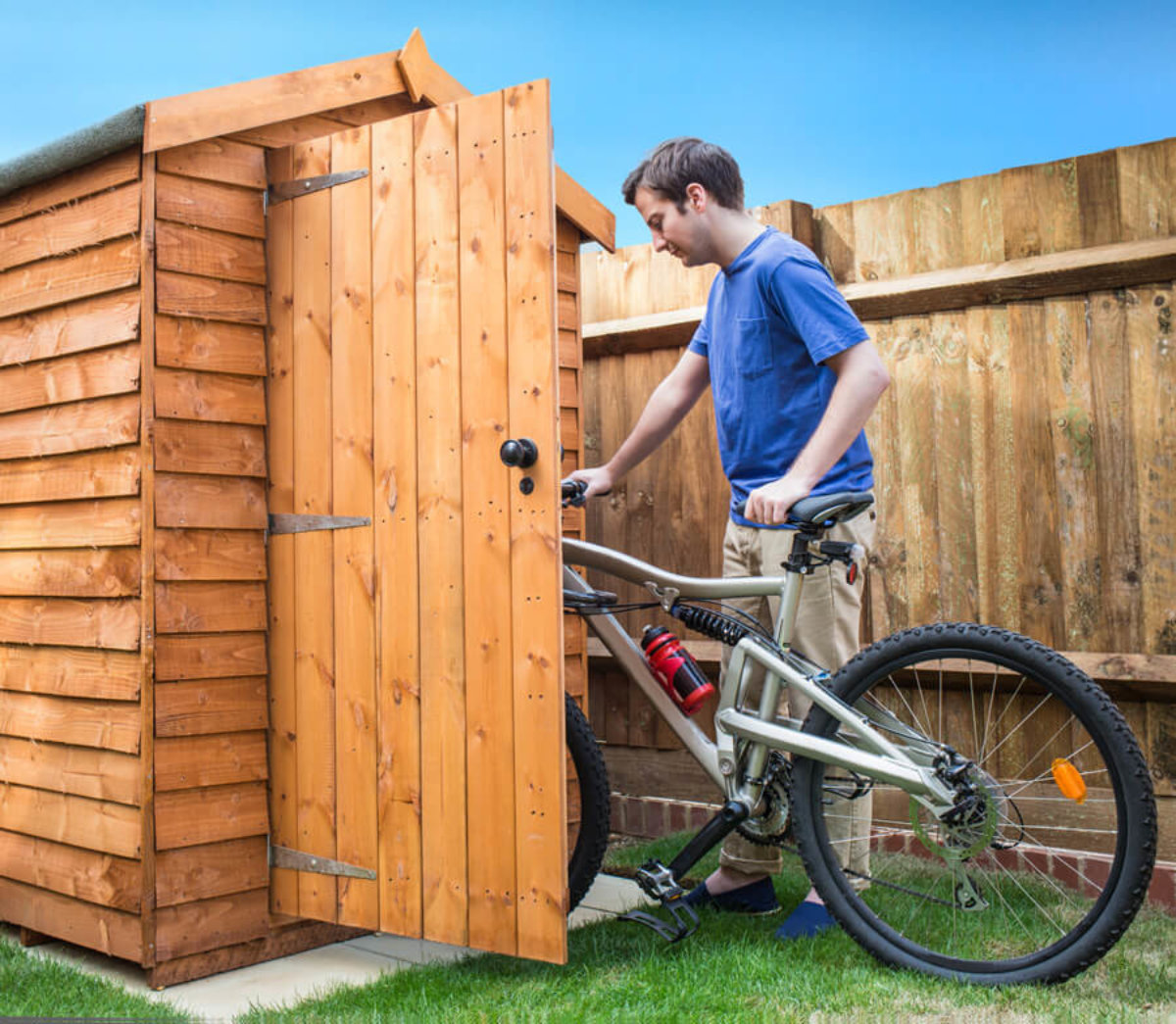


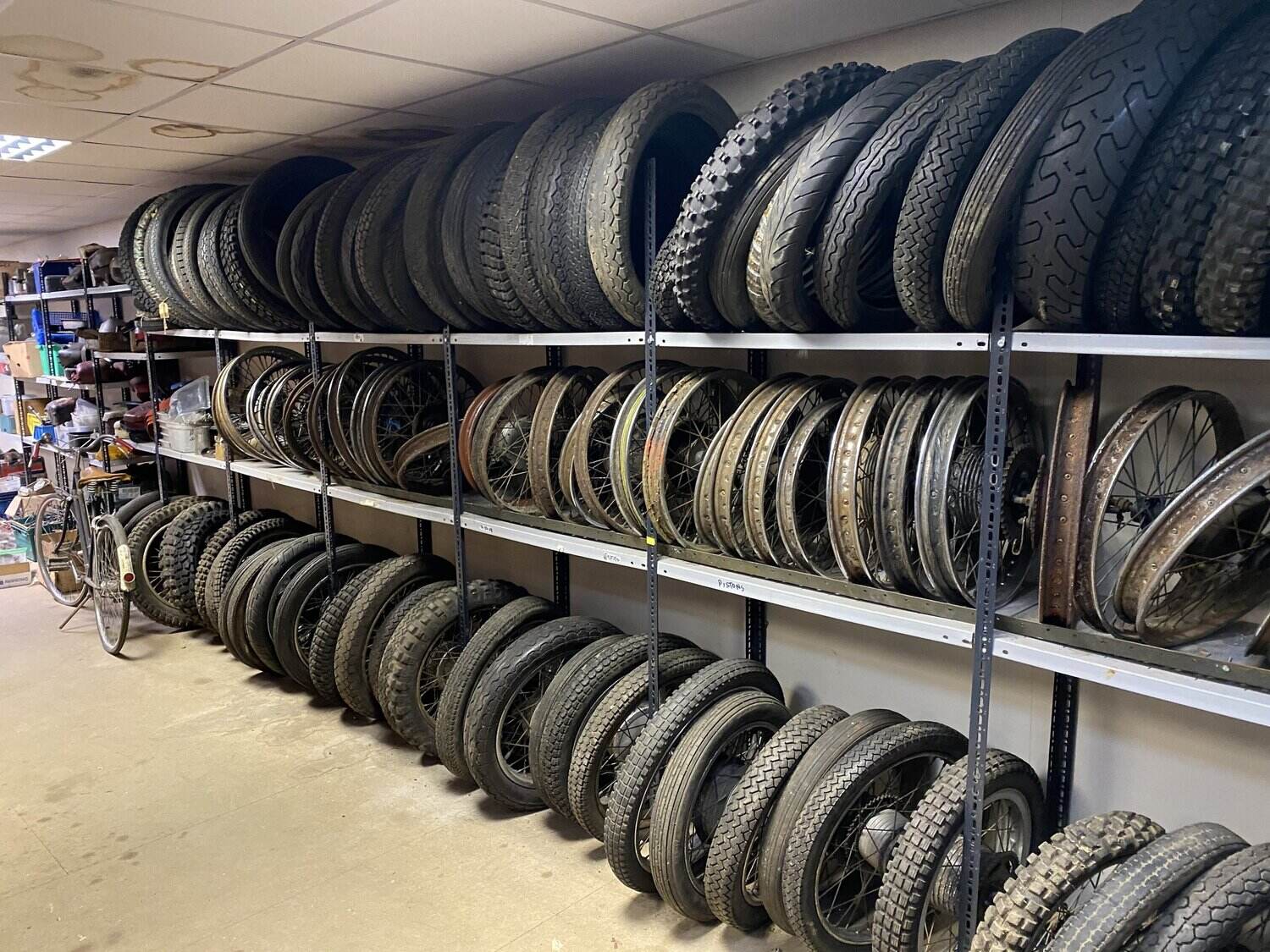
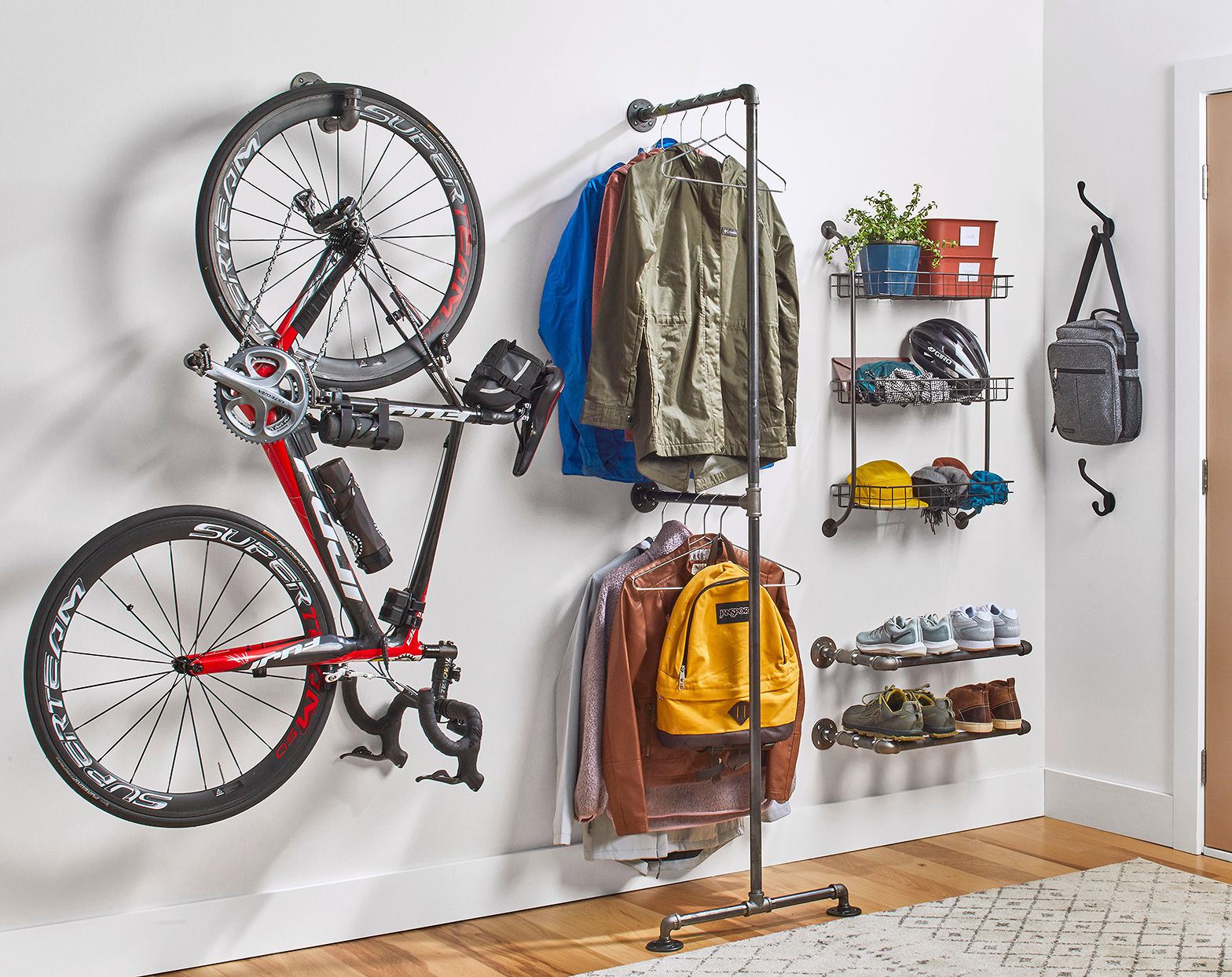


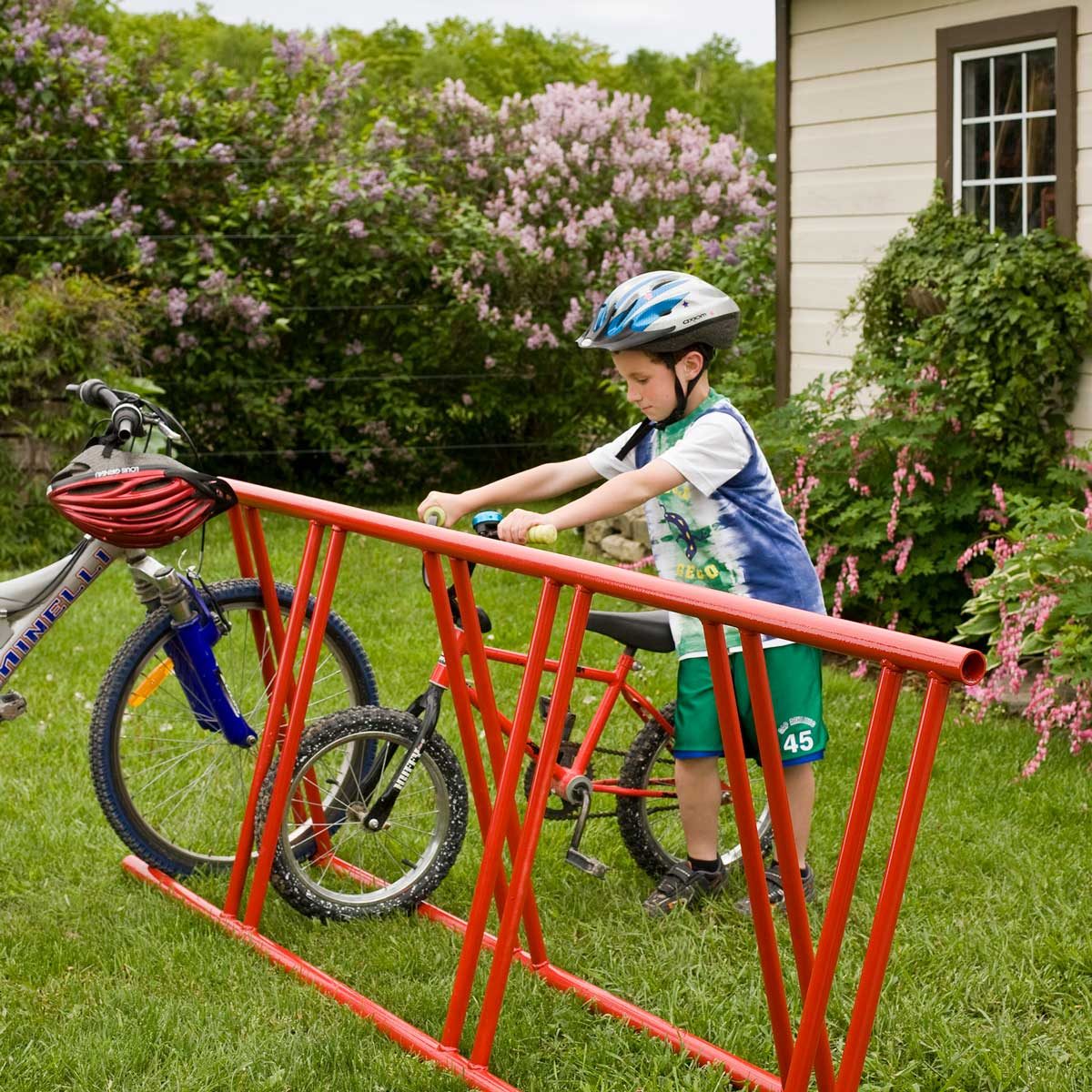
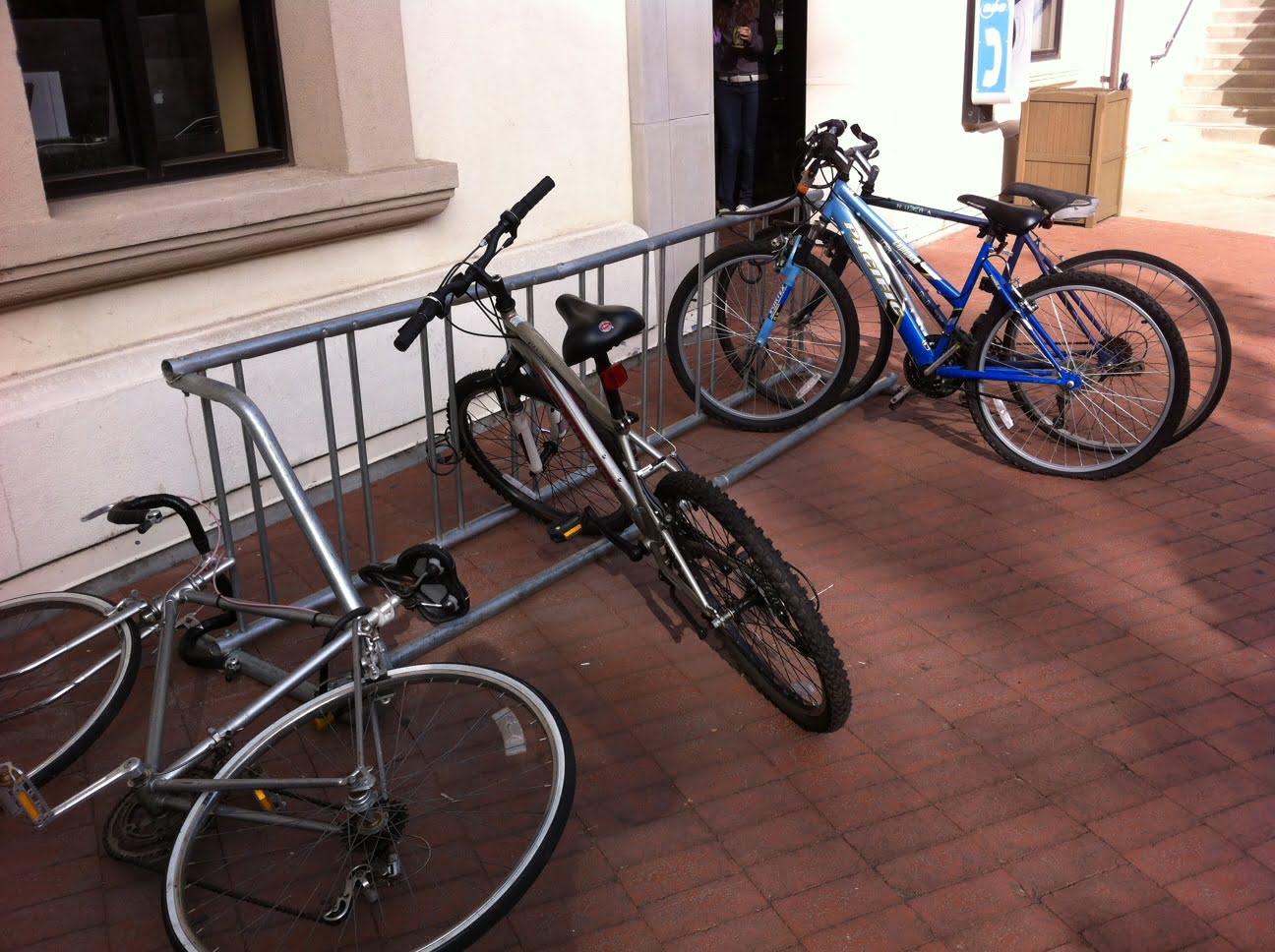
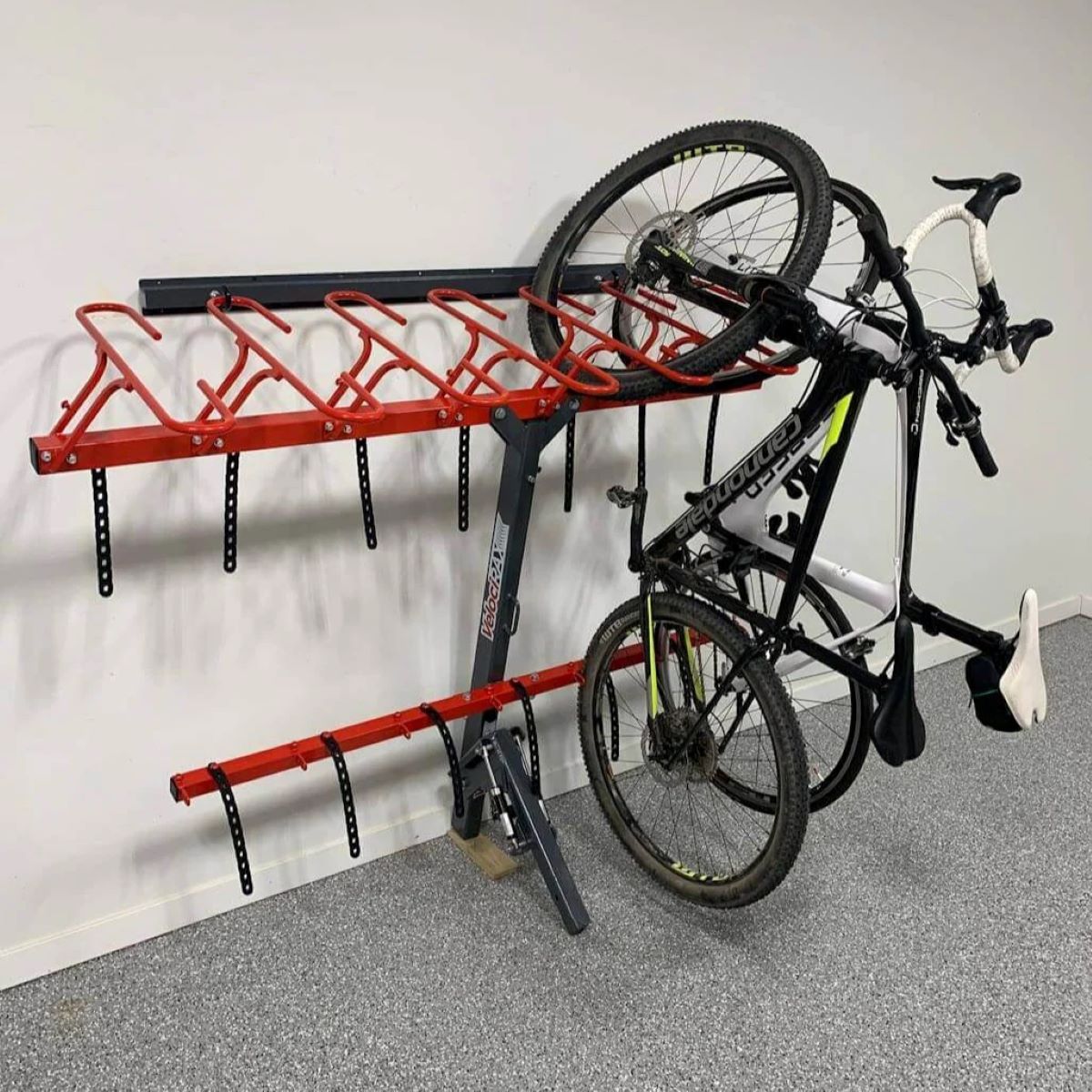
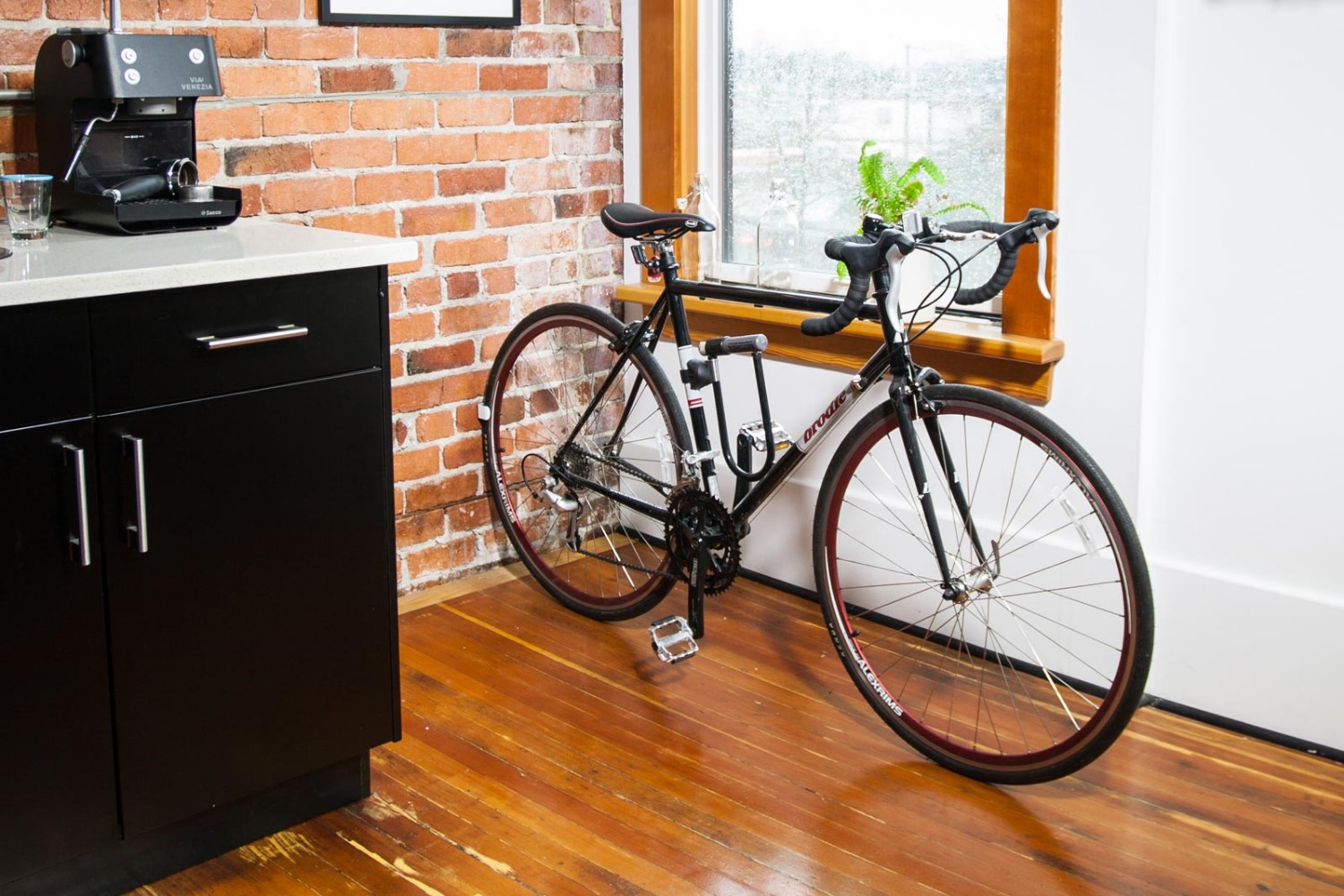

0 thoughts on “How To Store A Mountain Bike”